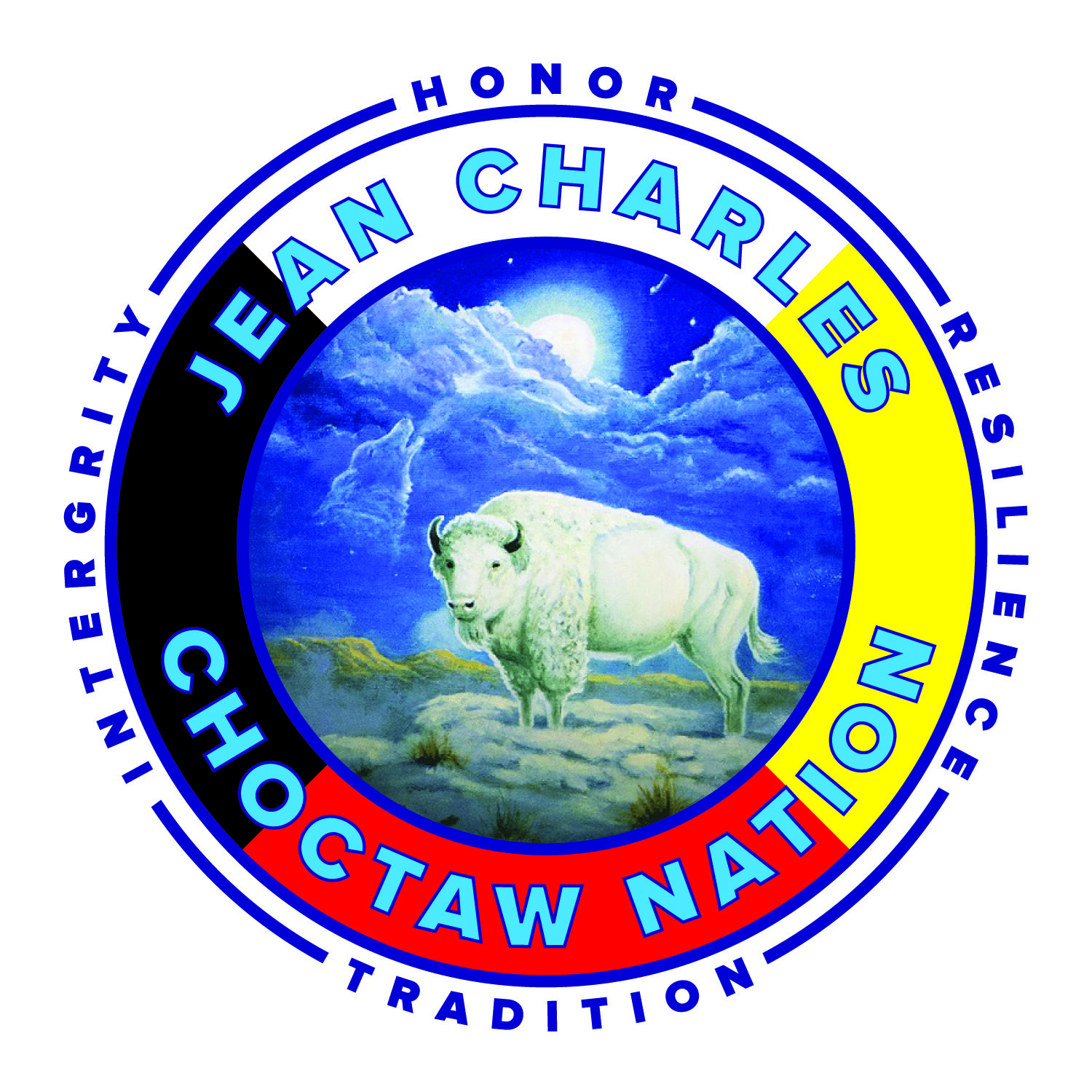There are few environmental problems as dire as coastal erosion along the Gulf Coast. Southern Louisiana has among the highest rates of land loss on earth. Over the past century, at least 2,000 square miles of marshland have disappeared, turning into open salt water. One way of thinking about this is that each year, an area of land the size of Manhattan is ripped off the coast of Louisiana.
The Island in 1963
The Island in 2008.
Causes
There are many causes of this crisis: some natural, many more man-made. Natural causes include hurricanes, which erode marshes and introduce excess salt water into wetland systems, as well as subsidence, the gradual sinking of coastal land into the ocean. These forces are minor, however, in comparison to the massive changes that people have created.
The main forms of man-made disturbance are the river-control structures such as dams and levees, and the dredging of canals for shipping and oil pipelines. Beginning in the 1920’s, large-scale river-control structures, such as levees and water diversion systems, were built to ease flooding along the banks of the Mississippi. These structures led to a dramatic decrease in the sedimentary load, which formed the basis of new coastal land and regeneration of existing marshes. River water from flooding also helped to reduce marsh salinity and provide nutrients, and its loss has resulted in the breakup and dispersal of large amounts of nutrient-starved marshlands. Canal dredging has had one of the most dramatic effects on wetland growth and regeneration, especially around Isle de Jean Charles. Canals for oil and gas pipelines and drilling have been carved all around Isle de Jean Charles. These canals bring in saltwater from the Gulf of Mexico, which kills the surrounding freshwater marsh. Once a canal is dredged and saltwater is introduced, the canal will continue to expand, converting marshland into open water. The widening canals allow more water to rush in during hurricanes and storms, which pull more land away as the tide rushes back out, resulting in increased land loss.
Effects of climate change
Today we have a frightening new problem on the horizon: sea level rise from global warming. Scientists say that in the next century, subsidence and rising seas will create a 2- to 6-foot rise in the Gulf of Mexico relative to the height of the land for many areas around New Orleans. A rise of 3.3 feet — a mid-level projection rather than a worst-case scenario — would turn New Orleans into an island and the Baton Rouge suburbs into coastal towns.
What’s at stake?
Why does this matter? Because Louisiana contains more than 4 million acres of wetlands, representing 40% of the nation’s total. Moreover, these wetlands are among the world’s most diverse and productive ecosystems. They are home to an extraordinary array of wildlife; provide critical hurricane protection for inland communities; supply 30 percent of the nation’s seafood; produce 30 percent of the nation’s oil supply; filter and purify polluted freshwater; are home to extensive recreational hunting and fishing; and surround and protect the Port of South Louisiana, which is the largest volume shipping port in the Western Hemisphere and the largest bulk cargo port in the world.
If this weren’t enough, the Louisiana wetlands are home to some of the world’s most unique and diverse cultures and communities. Few communities have been affected by wetlands loss as directly as Isle de Jean Charles. After numerous hurricanes, the Isle is a fragment of what it once was. The beautiful willows and live oaks that once lined the Isle's bayou, and were the playground for the children living on the Isle, are a thing of the past. Many houses on the Isle have been lost or endured severe damage from seven hurricanes or storms just since 2005. Adding insult to injury, the BP Deepwater Horizon Oil Disaster started on April 20, 2010, which continues to have severe impacts on residents' health and livelihoods. After the Deepwater Horizon oil rig exploded, the fishermen from the Isle, along with many other fishermen along the Gulf Coast, signed up for the Vessels of Opportunity program to provide income when waters were closed for fishing and to help protect the land and waters that supported their families. However, this left the people who participated out in open waters as airplanes flew overhead spraying Corexit dispersant to sink the oil, exposing them to toxic chemicals and leaving them at risk for long-term health effects.
The waters, and the bountiful resources they historically provided Tribal members, have been forever changed. Since the BP Oil Disaster started, the changes in subsistence resources, such as fish with tumors and destroyed oyster beds, has had a drastic effect on Tribal members' income and ability to be self-sufficient. Saltwater intrusion and land loss have made the tradition of growing our own produce a thing of the past. The cattle that were once plentiful, no longer have adequate grazing grounds. The herbs used to treat the sick, are becoming a thing of the past. The result, Tribal members struggle with the increased cost of living from having to shop for the food they once readily harvested. Modern diseases linked to nutrition are on the rise and Tribal members now have to turn to western manufactured medicine to cure them. If we can be viewed as a disposable people, with our lands left to perish and our way of life with them, who is next?



